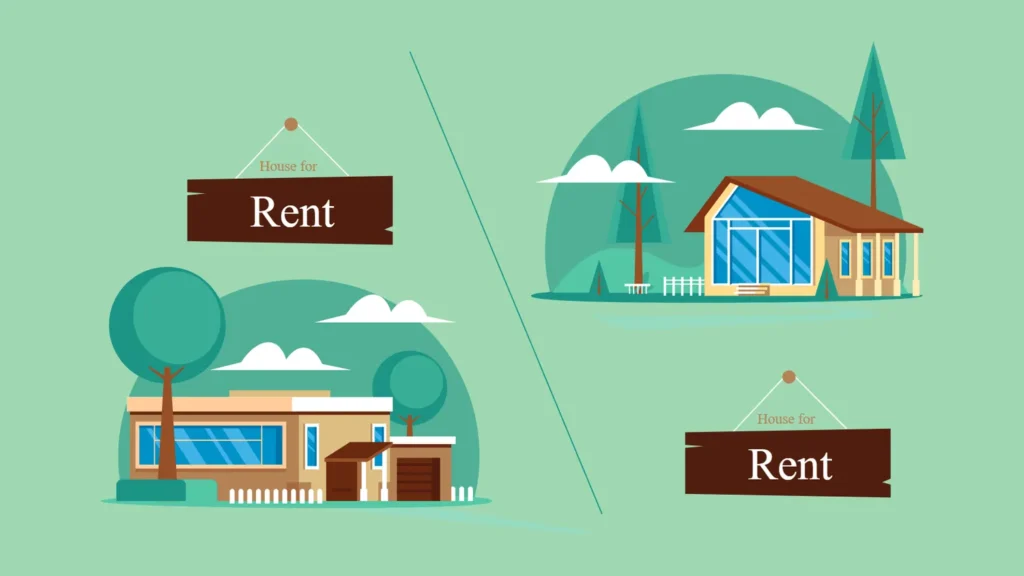Building a steady stream of passive income through rental properties is a proven way to achieve financial independence and long-term wealth. Unlike active income from a 9-to-5 job, rental income flows regularly with the potential for appreciation in property value over time.
If you’re interested in creating a reliable income source, investing in rental properties could be the path forward. This guide breaks down the key steps to successfully generate steady passive income from rentals—whether you’re a first-time landlord or looking to grow an existing portfolio.
Why Rental Properties Are Ideal for Passive Income
- Consistent Cash Flow: Monthly rent payments can provide a reliable income stream.
- Appreciation: Over time, property values tend to rise, boosting your net worth.
- Tax Benefits: Deductible expenses such as mortgage interest, maintenance, and depreciation lower your taxable income.
- Leverage: Using mortgage financing allows you to control valuable assets with relatively little upfront capital.
- Inflation Hedge: Rents and property values often rise with inflation, preserving your purchasing power.
Step 1: Understand Your Financial Goals
Before diving into rental investments, clarify your goals:
- Are you seeking monthly cash flow or long-term appreciation?
- How much can you afford as a down payment?
- What level of involvement are you comfortable with—hands-on or fully passive?
- What is your timeline for returns?
Having clear objectives guides property selection and investment strategy.
Step 2: Choose the Right Property and Market
Not all rental properties are created equal. Focus on these criteria:
- Location: Look for areas with strong job growth, population increases, and good infrastructure.
- Rental Demand: High occupancy rates reduce vacancy risk.
- Affordability: Properties that allow for positive cash flow after expenses.
- Neighborhood Quality: Safety, schools, and amenities affect tenant quality.
- Potential for Appreciation: Emerging or revitalizing neighborhoods can offer better capital gains.
Top U.S. rental markets in 2025 include cities like Austin, Raleigh, and Phoenix. Research local market trends on sites like Zillow and Realtor.com.
Step 3: Calculate Your Cash Flow
Positive cash flow means your rental income exceeds all expenses:
Monthly rent – (Mortgage + Property Taxes + Insurance + Maintenance + Vacancy Reserve + Property Management Fees) = Cash Flow
Always build a buffer for unexpected repairs or vacancies. Aim for properties where you can comfortably generate positive cash flow.
Step 4: Financing Your Rental Property
Options include:
- Conventional Mortgages: Traditional loans for investment properties usually require 15-25% down.
- FHA Loans: For owner-occupied properties with rental potential.
- Portfolio Loans: Offered by some lenders for multiple properties.
- Private or Hard Money Loans: Short-term loans with higher interest, useful for quick flips or rehab projects.
Strong credit and a good debt-to-income ratio improve loan options.
Step 5: Manage Your Property Efficiently
You can self-manage or hire a property management company. Consider:
- Tenant Screening: Verify income, credit, and rental history.
- Lease Agreements: Clear, compliant contracts protect your interests.
- Maintenance & Repairs: Keep your property in good shape to retain tenants.
- Rent Collection: Consistent, timely collection is crucial for cash flow.
Professional management typically costs 8-12% of monthly rent but saves you time and stress.
Step 6: Optimize Your Rental Income Over Time
- Raise Rent Strategically: Align with market rates annually.
- Upgrade Property: Small improvements increase rentability.
- Tax Strategy: Work with a CPA to maximize deductions.
- Refinance: Lower interest rates can improve cash flow.
- Diversify: Add properties in different markets to reduce risk.
Common Challenges and How to Overcome Them
- Vacancies: Keep vacancy rates low by maintaining competitive pricing and property upkeep.
- Unexpected Repairs: Maintain a reserve fund (usually 1-3% of property value annually).
- Tenant Issues: Screen tenants thoroughly and maintain open communication.
- Market Fluctuations: Diversify geographically and property types.
Tools and Resources for Rental Property Investors
- Property Analysis Software: BiggerPockets, Mashvisor
- Rental Market Data: Zillow Rental Manager, Rentometer
- Accounting: QuickBooks, Stessa (rental property accounting software)
- Legal Forms: Rocket Lawyer, LawDepot
Final Thoughts
Investing in rental properties can provide a steady passive income stream that builds wealth over time. By understanding your goals, choosing the right property and location, managing efficiently, and staying proactive, you can create a robust source of income that works for you 24/7.
Start small, learn continuously, and scale your portfolio thoughtfully to make real estate a cornerstone of your financial future.
For Further Reading and Tools:
- BiggerPockets Rental Property Investing Guide
- NerdWallet’s Guide to Rental Property Investing
- Zillow Rental Manager
- Mashvisor Real Estate Analytics
🎁 Want a Surprise?
Click here to get redirected to a random post


